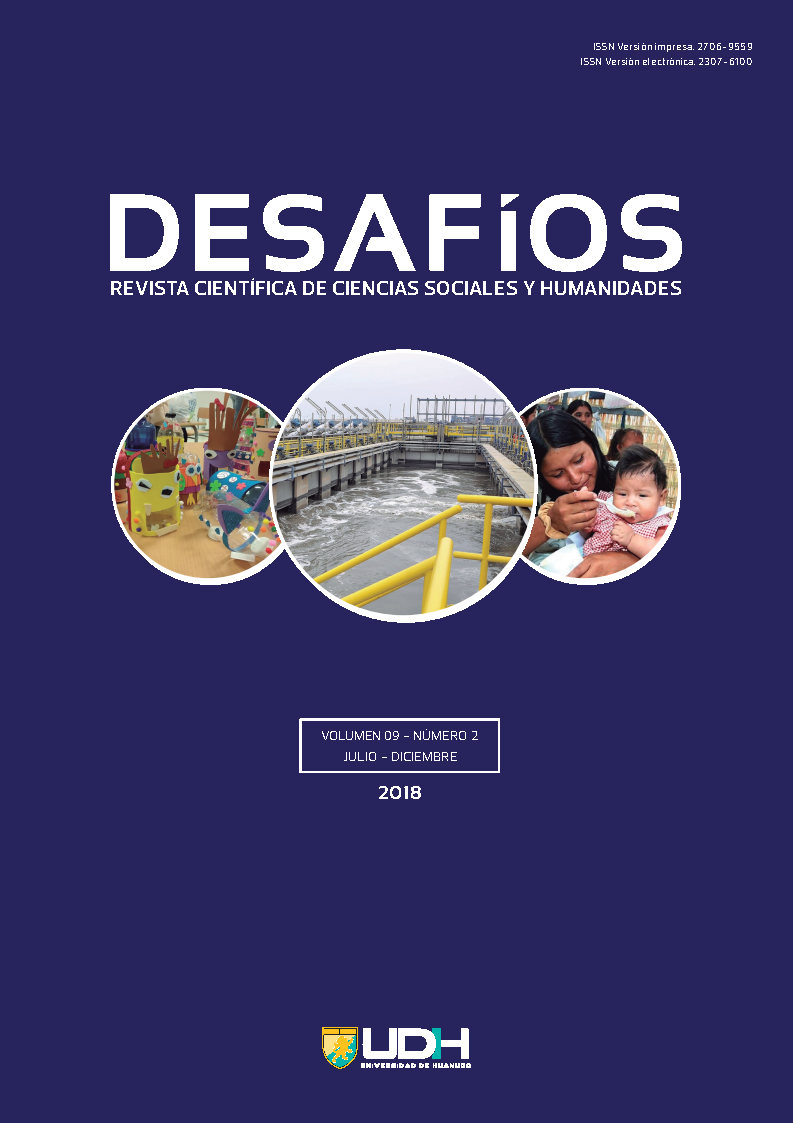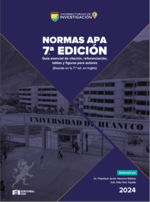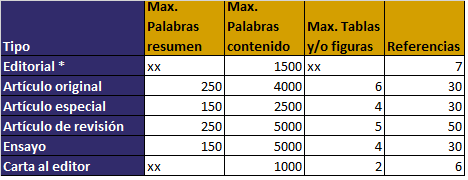Use of clinical simulators and learning of urethral catheter management by nursing students
DOI:
https://doi.org/10.37711/desafios.2018.9.2.201Keywords:
clinical simulators, learning, management of the urethral catheter, nursing, clinicalAbstract
Objective. To determine the influence of the use of clinical simulators on learning how to handle the urethral catheter in nursing students from a Public Education Institute of Tingo María; Huánuco, 2016. Methods. It was a prospective, analytical, crosssectional and observational study; with a relational design and a sample population of 39 nursing students, from the 3rd cycle of studies, from the Basic Nursing II course, to whom an observation guide for the management of the urethral catheter and a questionnaire on the use of simulators was applied, prior validity and reliability. Informed consent was taken into consideration. The bivariate analysis was by Spearman's Rho test. Results. The level of learning of urethral catheter management by nursing students was high [76.9% (30)]. 82.1% (32) use the simulator appropriately. When relating the use of simulators and the learning of the management of the urethral catheter by the nursing students under study, in the preliminary phase, the execution phase and the surveillance phase, statistical significance was found (p <0.05), therefore that the null hypotheses were rejected. Conclusion. The use of clinical simulators influences proper learning of urethral catheter management.
Downloads
Downloads
Published
How to Cite
Issue
Section
License
Copyright (c) 2021 Desafios

This work is licensed under a Creative Commons Attribution 4.0 International License.
a. Los autores conservan los derechos de propiedad intelectual (copyright) de las obras publicadas, cediendole a la revista el derecho de primera publicación.
b. Los autores retienen sus derechos de marca y patente, y también sobre cualquier proceso o procedimiento descrito en el artículo.
c. Los autores retienen el derecho de compartir, copiar, distribuir, ejecutar y comunicar públicamente el artículo publicado en la RD (por ejemplo, colocarlo en un repositorio institucional o publicarlo en un libro), con un reconocimiento de su publicación inicial en la RD.
d. Los autores retienen el derecho a hacer una posterior publicación de su trabajo, de utilizar el artículo o cualquier parte de aquel (por ejemplo: una compilación de sus trabajos, notas para conferencias, tesis, o para un libro), siempre que indiquen la fuente de publicación (autores del trabajo, revista, volumen, número y fecha).
























